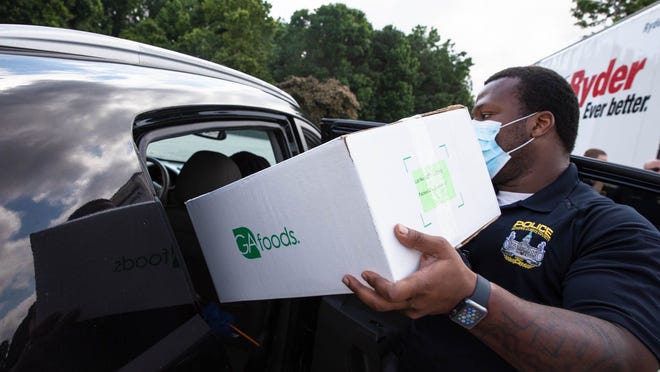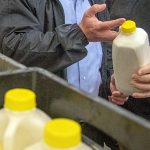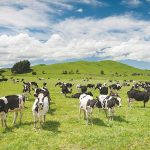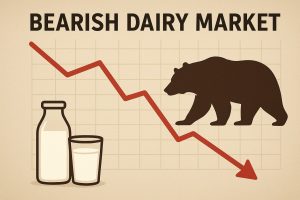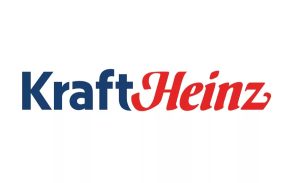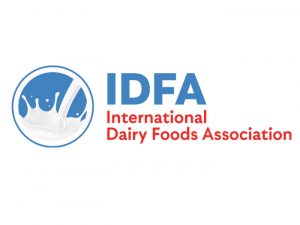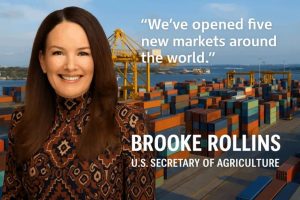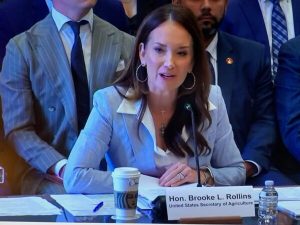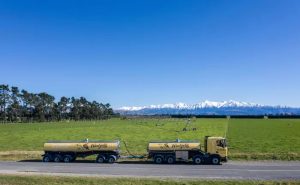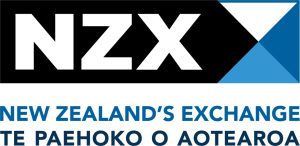
This program, originally launched last Spring, contracts with vendors who put together millions of boxes containing fresh fruits and vegetables, dairy and meat products for distribution to people in need.
Cheese is a required product to be included in every box and this fact has proved to be a windfall for cheese prices. While this an excellent result for dairy producers selling their milk to cheese plants, for the other half of dairy farmers who do not sell their milk to cheese plants, the disparity in the price of milk because of the Farmers to Families Food Box Program has created huge competitive disadvantages.
Producing milk is a difficult business. Dairy farmers compete for feed, facilities and labor. The capital required to establish and maintain a dairy farming operation is huge and the margins are small. Milk and dairy products are considered to be an essential part of the nation’s food supply.
That is why the government for decades has been involved in programs designed to provide economic stability in the production of milk. Picking winners and losers among dairy farmers runs completely contrary to the goal of maintaining stability in the dairy farming community.
Let us remember what happened in 2020. To slow the spread of the Coronavirus, the government ordered everyone to shelter-in-place, and overnight, the food delivery system was massively disrupted. The price of cheese, butter and powder, which establishes the value of milk, collapsed. Soon Congress responded with funding for rescue programs.
USDA launched the Food Box program as one of those rescue vehicles and required cheese to be in the box, but not butter. This had the practical effect of tweaking the price relationship between milk used for cheese (Class III) and milk used to make butter and powder (Class IV) with dramatic results in the producer community.
Now we are back for a surprising Round 5; surprising because Food Banks and advocates for the food insecure question the effectiveness of the Food Box program to efficiently address the needs of vulnerable populations. Indications were that future food assistance programs would not include any more Food Box rounds. However, since the outgoing administration has decided to spend $1.5 billion on Food Boxes, USDA needs to change the requirements so that a pound of butter must be part of that box, in addition to a pound of cheese.
California Dairies, Inc. (CDI), the dairy farmer-owned cooperative which represents 40% of the California milk supply and is a large national butter maker, has been working with key Congressional leaders to get USDA to modify their dairy product requirements for this round. CDI prepared a background paper and a specific proposal for USDA to consider. It makes a strong case and the paper is worth reading (next article in today’s Friday Report). Hopefully, it will find a receptive audience in the leadership of USDA.
In this very unstable period where government actions both caused and sought to repair massive economic damage that was done to many people – dairy farmers included – USDA should be willing to make a modest tweak in their Food Box requirements that would have a major restorative benefit to dairy farmers left out of the cheese price windfall.
Geoff Vanden Heuvel is the Director of Regulatory and Economic Affairs for the Milk Producers Council
